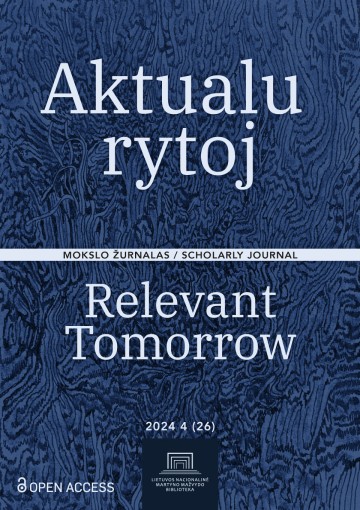The Visual Monad: Leibniz’s Ontological Aesthetics and Its Artistic Implications in the Paintings of Henrikas Čerapas
DOI:
https://doi.org/10.51740/RT.4.26.2Keywords:
Leibniz, monadology, ontological aesthetics, expression, minute perceptions, unity in variety, painting, Henrikas ČerapasAbstract
This article proposes to look at artwork as visual externalisation of monads, thus establishing a profound link between the metaphysical and aesthetic dimensions of Leibniz’s philosophy. By framing the paintings of Henrikas Čerapas as an extension of Leibnizian metaphysics, the article explores the functioning of artwork not merely as representation but as integral component of nature. Čerapas’s paintings disclose an underlying system of internal relations that structure the body of work, thereby challenging the conventional view of the artist as a creator ex nihilo. Rather than inventing from nothing, the artist uncovers and makes visible the latent structures of a monadic reality—each painting presents a distinct perspective on the harmony, order, and expressive intensity that lie at the heart of Leibniz’s metaphysical vision. This reinforces the idea of ontological aesthetics and provides an innovative framework for engaging with visual art through key Leibnizian concepts, such as expression, perception, and unity in variety. This perspective underscores that aesthetic inquiry is not separate from Leibniz’s broader philosophical system but is embedded within his understanding of reality.










